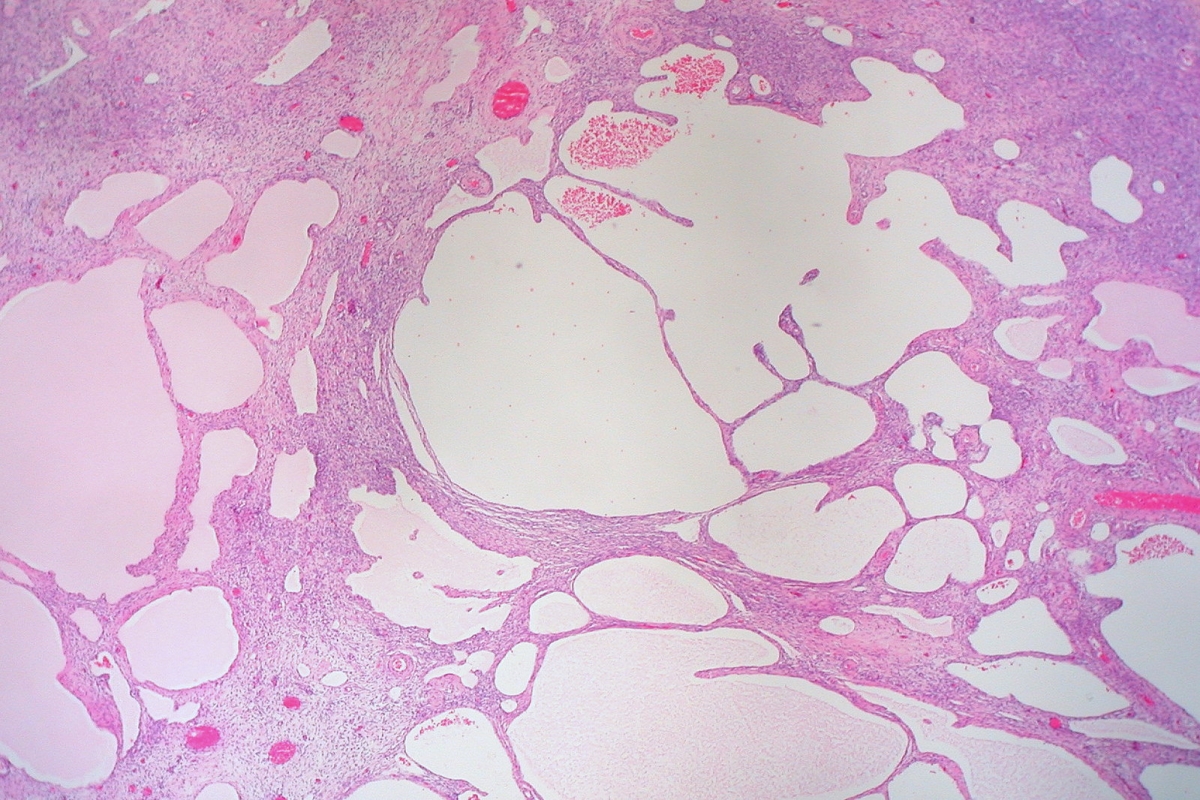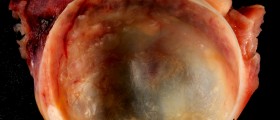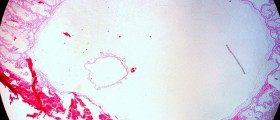Ovarian cysts are relatively common, and most women will know that they are possible. But can you get a cyst in the fallopian tube too? Although paraovarian cysts, a variation of ovarian cysts that can grow on the fallopian tubes are rare, they do occur. Paraovarian cysts can grow large, but generally only appear on one side and are not normally attached.

Paraovarian cysts are also known as paratubal cysts or hydatit cysts of morgagni. These cysts are most commonly found in women in their thirties and forties, and are not generally dangerous or large but because complications can occur, and they do sometimes grow, paraovarian cysts should be watched, and surgically removed when appropriate.
Smaller paraovarian cysts don't tend to cause any symptoms, and women who don't go for OBGYN checkups, like an ultrasound during pregnancy, may not find out they have a cyst like this at all. As a paratubal cyst grows in size, it's also more likely to start making their presence known through symptoms. These cysts often undergo rapid growth during pregnancy, and they are often picked up at this time.
Abdominal pain and cramping, more frequent urination, and painful sexual intercourse, are all possible symptoms of a paraovarian cyst. Unfortunately, because these symptoms coincide with general pregnancy signs, this probably won't arouse suspicions in an expectant mother. Still, regular prenatal care certainly increases the chance that a cyst will be picked up on.
What will happen if a paraovarian cyst is found? Women with small, asymptomatic cysts that are not deemed to be dangerous will often be told expectant management doing nothing is the best way of dealing with their cyst. Larger cysts that cause symptoms can be removed surgically, most effectively through laparoscopy. Paraovarian cysts can sometimes go away by themselves, too.















Your thoughts on this
Loading...